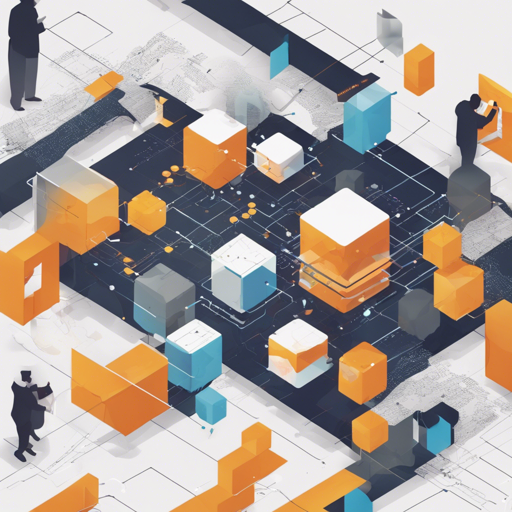Building a blockchain prototype in Java can be an exciting venture, as it allows developers to understand the underpinnings of blockchain technology and how to implement it. In this guide, we will walk you through the essential steps on how to get started with creating your very own blockchain using Java, Maven, and other tools.
Prerequisites
- Maven 3.2.5
- JDK 1.7 or later
- IntelliJ IDEA with Lombok plugin installed
Getting Started
The first step is setting up your development environment to ensure you have everything you need to start coding. Follow these steps:
- Download and install Maven.
- Install Java Development Kit (JDK) if you haven’t done so already; version 1.7 or higher is required.
- Install IntelliJ IDEA and include the Lombok plugin for better coding experience.
Coding the Blockchain Prototype
In building a blockchain in Java, it’s essential to divide your work into manageable components. Think of it like constructing a house:
- The foundation is akin to your blocks, which hold the vital information.
- The framing of the house corresponds to your transaction mechanisms and network features.
- The roof represents security features like cryptography and data integrity.
Now, let’s get into the nuts and bolts of your blockchain. Begin by creating the basic block structure:
public class Block {
private String previousHash;
private String data;
private String hash;
public Block(String previousHash, String data) {
this.previousHash = previousHash;
this.data = data;
// hashing function here
}
// getters and setters
}Key Components
Your blockchain will consist of several core components:
- Transaction Handling
- Proof of Work Mechanism
- Data Persistence
- UTXO Model
- Merkle Tree for verifying transactions
Each of these components plays a vital role and can be seen as rooms within your blockchain house, ensuring everything functions well together.
Troubleshooting
If you encounter issues while building your blockchain, consider the following troubleshooting tips:
- Ensure your JDK and Maven versions are aligned with the requirements.
- Check your IntelliJ IDEA settings for the Lombok plugin installation.
- If blocks are not linking properly, double-check your hashing functions.
For more insights, updates, or to collaborate on AI development projects, stay connected with fxis.ai.
Conclusion
With the foundations laid and components understood, you now have a roadmap to build your blockchain prototype in Java. Remember, just like constructing a house, it requires patience and a structure to be strong. So, roll up those sleeves, and start coding!
At fxis.ai, we believe that such advancements are crucial for the future of AI, as they enable more comprehensive and effective solutions. Our team is continually exploring new methodologies to push the envelope in artificial intelligence, ensuring that our clients benefit from the latest technological innovations.

